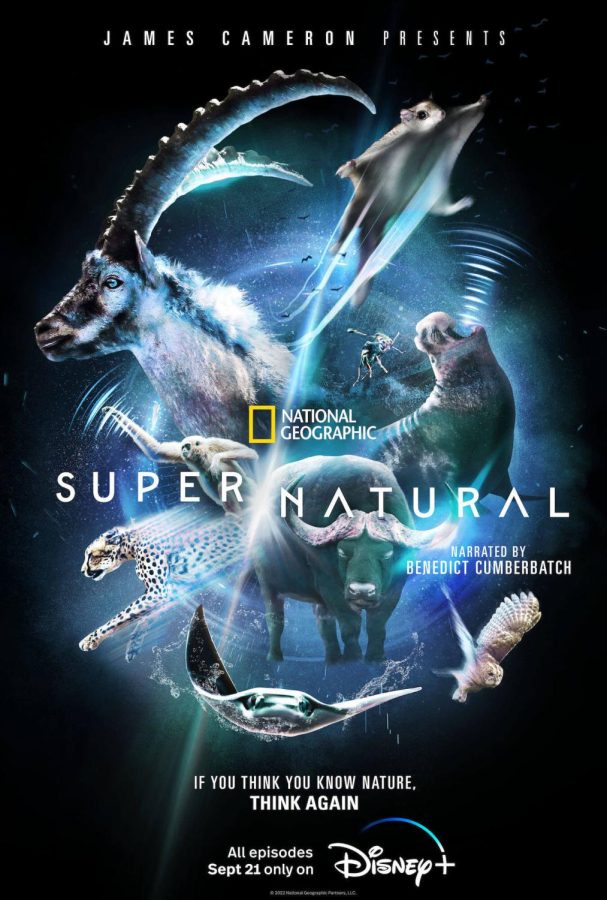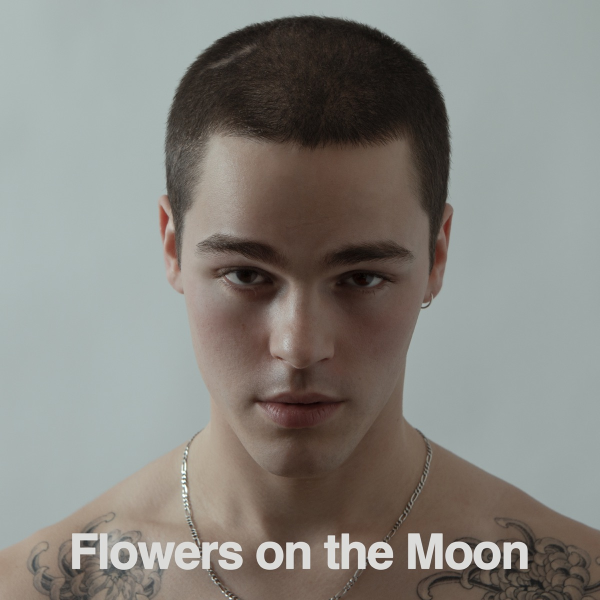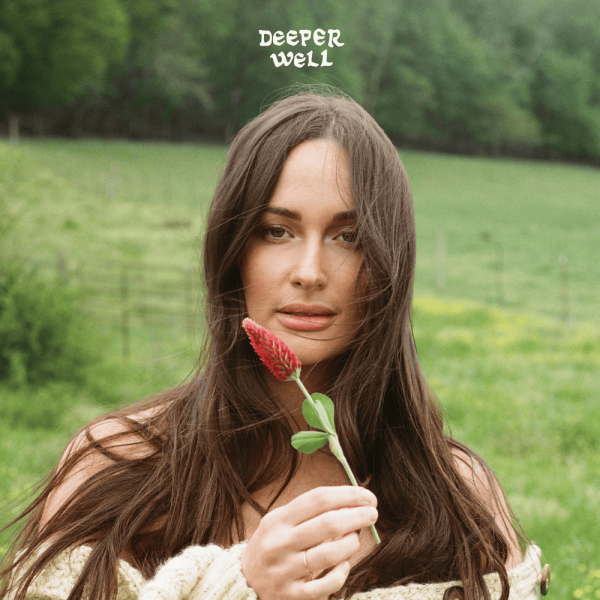“Super/Natural’s” Episode One Proves Wild Animals Are Like Us
October 13, 2022
On Sept. 21, National Geographic released a new animal documentary series. The series, titled “Super/Natural,” explores the extraordinary powers of regular animals in modern day nature. Using CGI and filmmaking technology, episode one develops themes of animal alliance and partnership created through the secret skills of animals. This episode, aptly named “Strange Relations” is paired with one fascinating fact after another.
The episode emphasizes the basic elements of behavior that connect all animals. These characteristics are communication, group dynamics, partnership, and alliances. For example, during the winter, flying squirrels are unable to hibernate. They each brave the wilderness to collect food. Getting lost is highly probable. Therefore, flying squirrels glow by absorbing moonlight in one color and emitting it in another to act as a beacon to other squirrels coming home. This is a form of communication and something that every human may do in the form of a phone call. A person may ask, “Where are you?” when a location is unknown.
On Whistling Acadias, groups of Cocktail Ants fend off giraffes by using a combination of high vibration frequencies and blasting noxious acid from their abdomens. Their ability to work together as a group to ensure that the giraffe leaves the tree is an example of how group dynamics can be effective. Like in group projects during class, more minds produce better results.
Symbiotic relationships are a concept all people can relate to. This is the give and take paradigm – it is the equal exchange of talents, resources, and ideas. In the “Strange Relations” episode, warthogs and mongooses do not speak the same language. Rather, they engage in cross-species collaboration via body language. The warthog lays down, and the mongoose crawls over their body to detect parasites using their sense of smell. Animals benefit from collaboration.
Unlike other National Geographic series, this documentary showcases the inherent skills of many different animals. Learning something new is guaranteed. A person should gain knowledge about other species, as well as draw connections between wild animal and human inter and cross species communication. This episode is a study in universal principles and how skills affect the survival of a species.
Ultimately, this documentary is captivating, and not just because it demonstrates unique facts about animals. The reason and the process of how these animals come by these characteristics is similar to humanity’s own evolution. It is the idea that when people and animals work together, they develop survival skills that make life manageable. Every person can relate to these animals on an intrinsic level. The message of the narrative: “You do not have to be big and tough to survive. What you really need are friends.”









